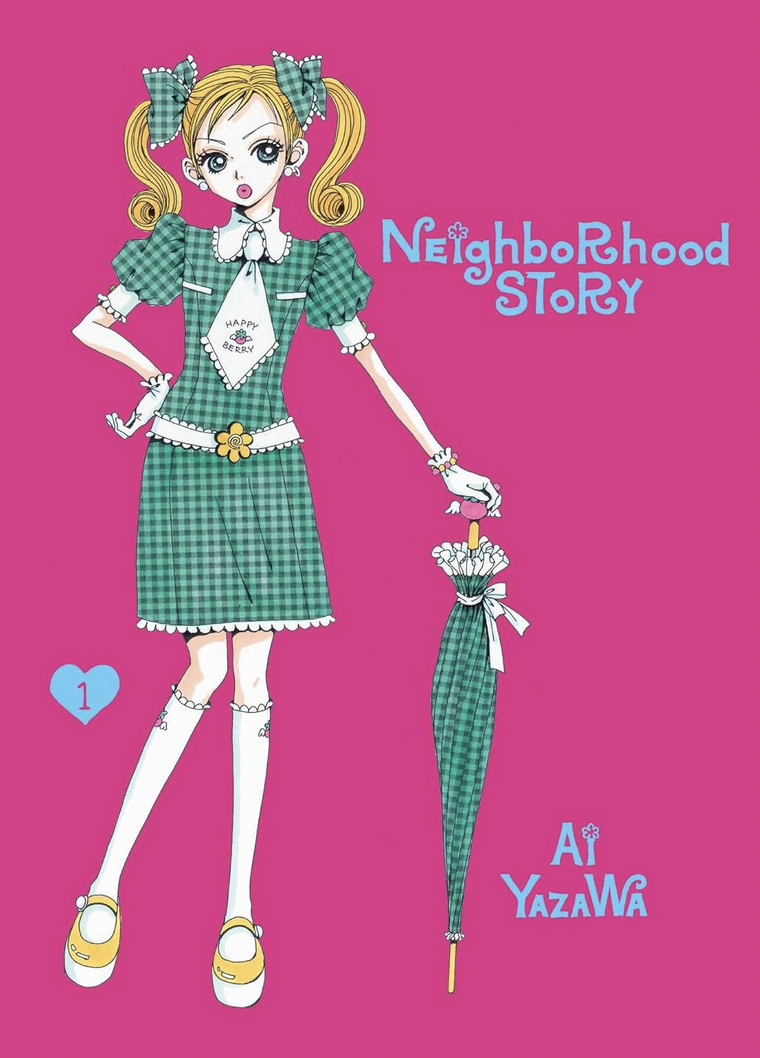Last Quarter Volume 1 by Ai Yazawa
Last Quarter is an appropriately spooky manga for October, but it begins with a familiar story of angsty love between a Japanese schoolgirl and a foreigner who likes to lurk around Shibuya playing the guitar. Mizuki is struggling with a change in her family’s circumstances and becomes entranced by Adam’s music. Adam latches on to Mizuki as though she’s a life preserver, they quickly grow close. This type of self-destructive romance is done much much better by Yazawa herself in her later series, so seeing a similar story compressed into a chapter with less time to become invested in the characters made me just want to yell at Mizuki “Run Away Girl!!!” rather than hoping for a happily ever after scenario.
Mizuki’s story is cut short and Last Quarter shifts to exploring the ghost investigations of Hotaru and her classmates. Hotaru meets a mysterious ghost girl in an abandoned mansion. The girl has few memories of who she is or why she’s tied to the mansion, except she keeps playing the same song over and over and has strong memories of a long-lost love. Hotaru starts to investigate, and pulls in some of her friends, who are quite startled when they see that the ghost that only Hotaru can communicated with is capable of influencing the physical environment of the abandoned house. Hotaru nicknames her ghost Eve and they strike up a warm if somewhat disconcerting friendship.
Yazawa’s character designs are as always on-point and stylish, and it is nice being able to read earlier works of hers and compare them to Paradise Kiss and Nana. There’s a real sense of emptiness and distance as Eve continues her diminished existence in the mansion with only half-remembered feelings tying her to Earth. The dynamics in Hotaru’s friend group are engaging as they throw themselves into figuring out what happened to Mizuki/Eve, but Adam very much remains a cypher. I’ll be curious to see how the story continues to develop.




